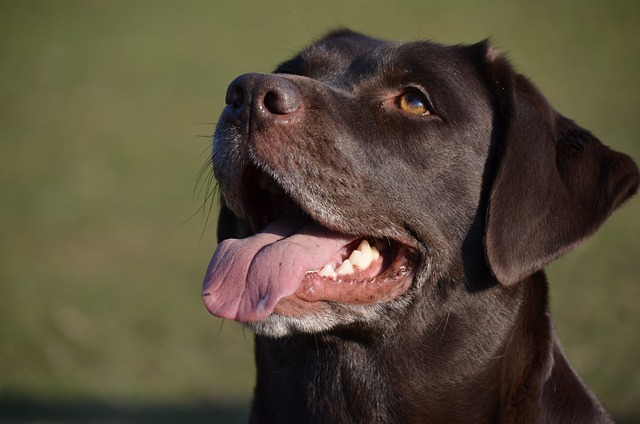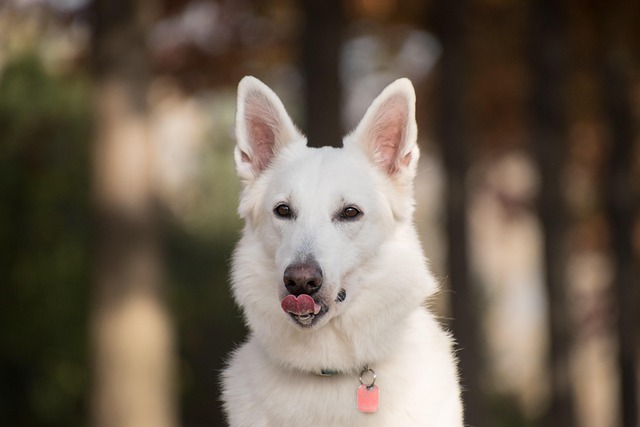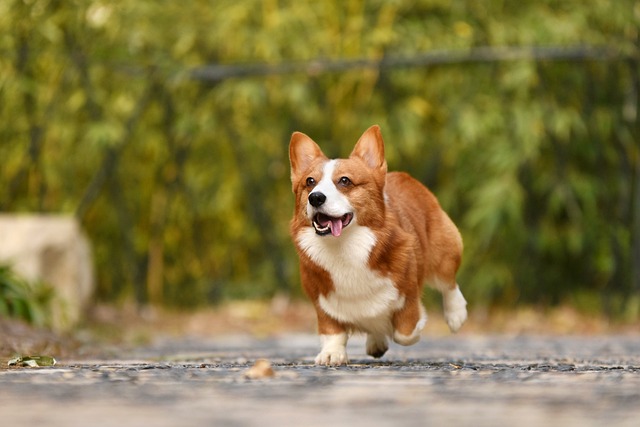
What happens if I never brush my dog's teeth?
Skipping your dog’s teeth brushing might seem like a small shortcut, but it starts a chain reaction most owners don’t see until it’s too late.
Ever watched your dog wag its tail while eyeing your dinner plate? That adorable look might make you want to share your meal, but understanding what’s truly nutritious for them is crucial. Dogs aren’t just furry companions—they’re family, and their health depends on the right balance of nutrients. Let’s break down what your four-legged friend really needs to thrive.
Protein stands as the cornerstone of a dog’s diet. Think of it as the building blocks for strong muscles, healthy organs, and a shiny coat. High-quality animal proteins from sources like chicken, beef, and fish are ideal. But be cautious: some local regulations restrict raw meat diets due to potential bacterial risks. Even if your dog craves that raw steak, it’s safer to opt for cooked or commercially processed options that meet safety standards.
Carbohydrates often get a bad rap, but they’re essential energy sources for active dogs. Whole grains like brown rice and oats provide complex carbs that release energy slowly, perfect for long walks and playtime. However, if your pup has a sensitive stomach or food allergies, watch out for hidden grains in treats. Many communities have specific guidelines on pet food labeling, so always check ingredient lists for transparency.
 Fats play a dual role in canine nutrition—they boost flavor and deliver vital fatty acids. Omega-3 and Omega-6 fatty acids, commonly found in fish oil and flaxseed, support healthy skin, reduce inflammation, and even enhance cognitive function. Just remember: moderation is key. Overfeeding fatty foods can lead to obesity, which violates responsible pet ownership laws in many areas. When in doubt, consult your vet about portion sizes.
Fats play a dual role in canine nutrition—they boost flavor and deliver vital fatty acids. Omega-3 and Omega-6 fatty acids, commonly found in fish oil and flaxseed, support healthy skin, reduce inflammation, and even enhance cognitive function. Just remember: moderation is key. Overfeeding fatty foods can lead to obesity, which violates responsible pet ownership laws in many areas. When in doubt, consult your vet about portion sizes.
Vitamins and minerals act as the unsung heroes of a dog’s diet. Vitamin A supports vision, while calcium and phosphorus maintain strong bones. Fresh fruits and vegetables like carrots and blueberries offer natural sources of these nutrients. But cultural sensitivities matter here—some plants that are harmless to humans, like grapes and onions, can be toxic to dogs. Familiarize yourself with local lists of dangerous foods to keep your pet safe.
Hydration is often overlooked, yet it’s as crucial as any nutrient. Dogs need access to clean, fresh water at all times, especially during hot summer months or after intense exercise. Many urban areas have regulations requiring pet owners to carry water on public walks. A collapsible bowl tucked in your bag isn’t just convenient—it’s a legal obligation in some places.
Navigating your dog’s nutritional needs can feel overwhelming, but it doesn’t have to be. Pay attention to your dog’s energy levels, coat condition, and digestion as clues to their dietary health. When in doubt, trust your vet’s advice over online trends. After all, giving your dog the best nutrients isn’t just about following rules—it’s about ensuring years of tail wags and happy snuggles.

Skipping your dog’s teeth brushing might seem like a small shortcut, but it starts a chain reaction most owners don’t see until it’s too late.

Most dog owners notice their pup’s stinky breath now and then, but few realize it could signal bigger issues.

Watching your puppy scamper across the floor, you might notice a faint clicking sound—and wonder if that means it’s time to grab the nail clippers.

I’ll start with a vivid, relatable scenario of a new owner panicking over their dog’s intense itching, explain why urgent but calm action matters (to avoid infection)

I’ll start with a distressing yet relatable scenario of a new owner watching their itchy dog suffer, explain safe at-home remedies rooted in canine skin science

I’ll start with a relatable scenario of a new owner distressed by their dog’s sudden itching, explain the common causes (allergies, pests, skin issues) using canine biology